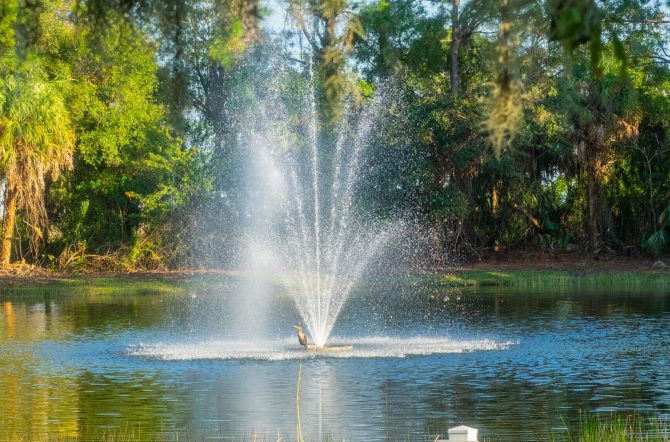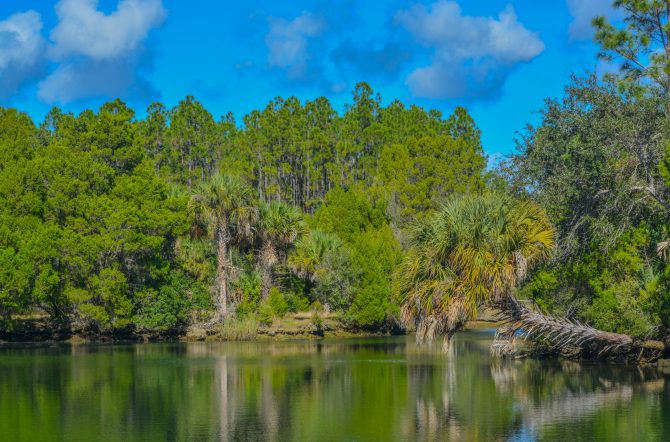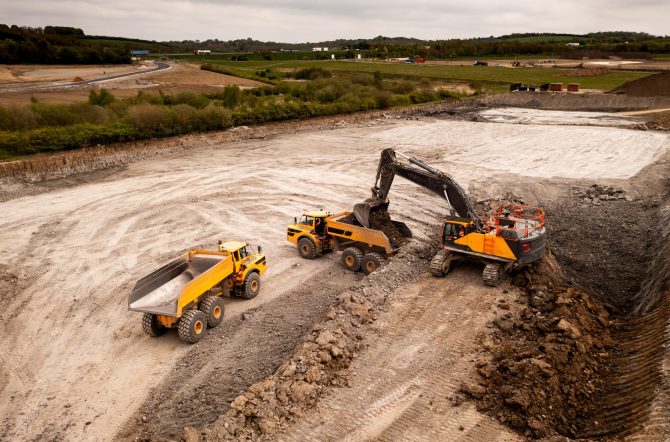This past week Tampa residents gathered to learn how to armor their neighborhoods against rising tides and climate-induced flooding. Some attended the Resilient Ready Tampa Bay symposium in person while hundreds more watched by the live stream. The symposium was conducted by the Tampa Bay Regional Planning Council which works with cities and counties to find solutions to existing problems and those that will arise because of climate change.
Program Director Sarah Vitale and TBRPC Executive Director Sean Sullivan lead the day-long event, unveiling their findings in three areas:
- Pass-a-Grille, a barrier island
- The North Tampa Closed Basin, a bowl-shaped area of the region
- Oldsmar, a waterfront community and urban drainage watershed.
The three areas represent nearly all the region, each with their own unique flooding issues.
“We put out competitive applications to 27 governments that are members of the planning council and got 11 submissions,” Sullivan said. From those, three were chosen for the study areas. Then, for six months, Vitale and her team worked to find innovative ways of addressing current and future flooding issues, including berms, stilted homes and “bioswales” that can hold excessive rainwater.
Vitale and others presented each of the three regions separately with many initiatives that could be detailed further by cities and counties.
North Tampa Closed Basin
Rainfall and flooding are the key vulnerabilities in this region, characterized by sinkholes, a shallow groundwater aquifer and suburban single-family homes. It is an area heavily populated by renters of low or moderate-income that is often overwhelmed by heavy rains.
“The neighborhood is a giant bowl,” Vitale said. She showed photos of the retention pond and sink and how water can be properly drained to the sink without flooding homes in the area. The City of Tampa is purchasing homes where flooding has been an ongoing issue. Those structures could be replaced with more retention ponds to handle flood waters.
“We came in to help the city think about it in a new way,” Vitale said. The retention pond could be part of a park and there are already some parks in the area. They could connect the water systems so the water can eventually reach the sink.”
The ideas for this area go further than storm water and include adding sidewalks, connecting boardwalks, backyard rain gardens and continued public access to these areas.
Each of the three projects comes with a potential list of costs the cities and counties can use to seek grants and other funding sources, Sullivan said.
Pass-a-Grille
This barrier island is subject to flood risks from all sides, with catastrophic storm surges being the worst of them. According to the report, even on sunny days, portions of St. Pete Beach experience high tides and king tides on a near-monthly basis. Forecasts are that Pass-a-Grille can expect high tides in 50 years that exceed today’s king tides. A king tide is an especially high tide.
Already, there is a five-foot seawall in Pass-a-Grille and the city is considering raising it over time, Vitale said. “With the king tides and coastal surge, this area faces a lot of serious resilience challenges, so this is a unique case study representing the barrier island landscape type. One of the things it points to is that barrier islands are always in transition. The near-term solution is the seawall, but with sea-level rise, there will be a gradual transition where we need to adapt, because the water will come.”
The study looks at heightened dunes and other areas currently protected by seawalls that could let the water come in naturally. There is also consideration of widening the island and elevating homes and roadways.
Oldsmar
This study includes RE Olds Park and was expanded to include the urban drainage watershed connected to the park. It is a low-lying area with estuarine conditions. The area is a shallow, sloping expanse that continues to Safety Harbor and the entire area has flooding vulnerabilities.
“Oldsmar is a really unique area representing the waterfront landscape type in our region,” Vitale said. “It is a long estuary bay area that experiences flooding, and it also has a lot of surface flooding that is already a problem.”
Part of the concept for this area is keeping water out with a dike or levee system, harder infrastructure to hold water out, she said. “You let nature grow, elevate homes and raise roads.” There are also wide rights of way” that can be used as bioswales to hold water. Areas of the park could retain water parts of the year and used as recreation areas when there is no flood water.
Ultimate Goal
“The goal is to give people some ideas and thoughts on how they can make these spaces more resilient and use this information to apply for grants, get final designs and a wad of dollars,” Sullivan said. “It’s a process.” It also includes learning from the people who live in these diverse types of areas what they want to see.
Sullivan called the study a starting point for cities and counties to see what is possible and what it might cost. “The goal is for these three study areas to be replicated elsewhere, ideally throughout the Tampa Bay Region.”
Want to watch the whole Symposium? Check it out here: www.youtube.com



